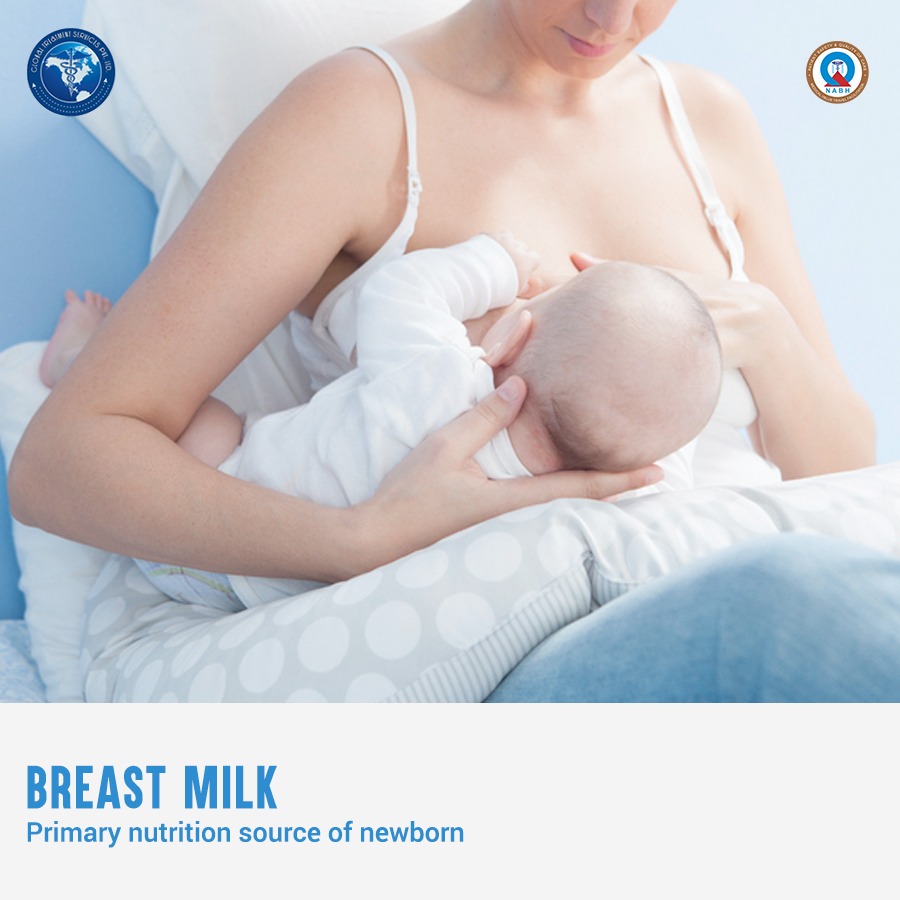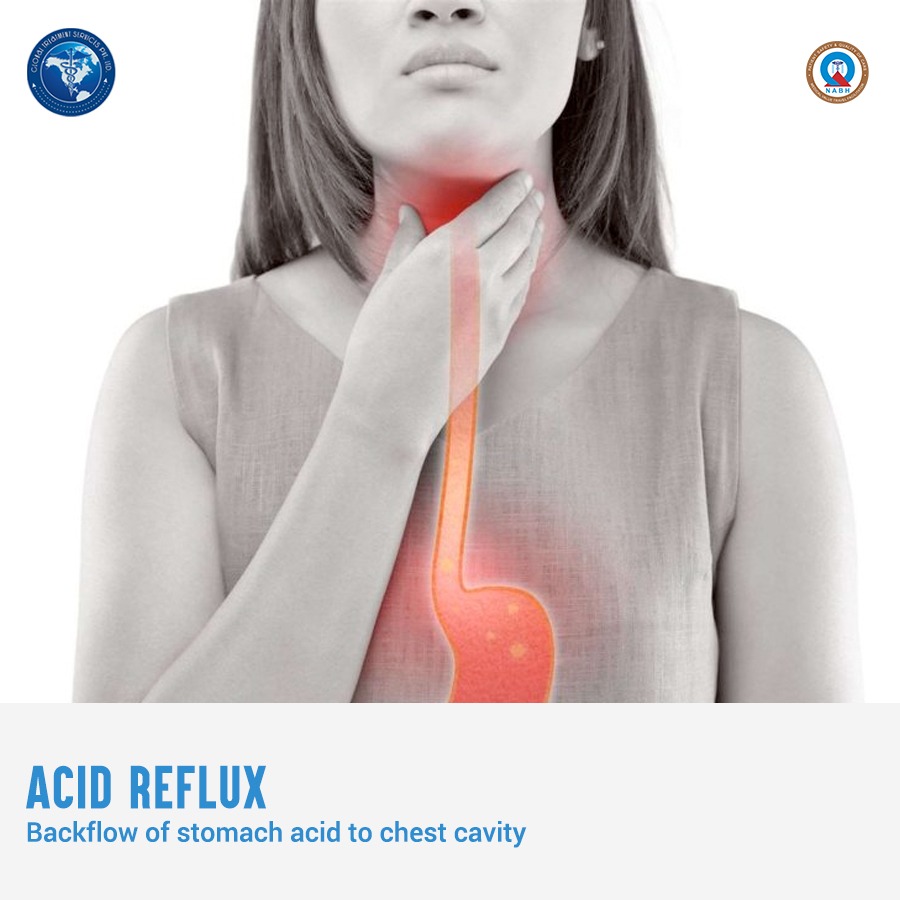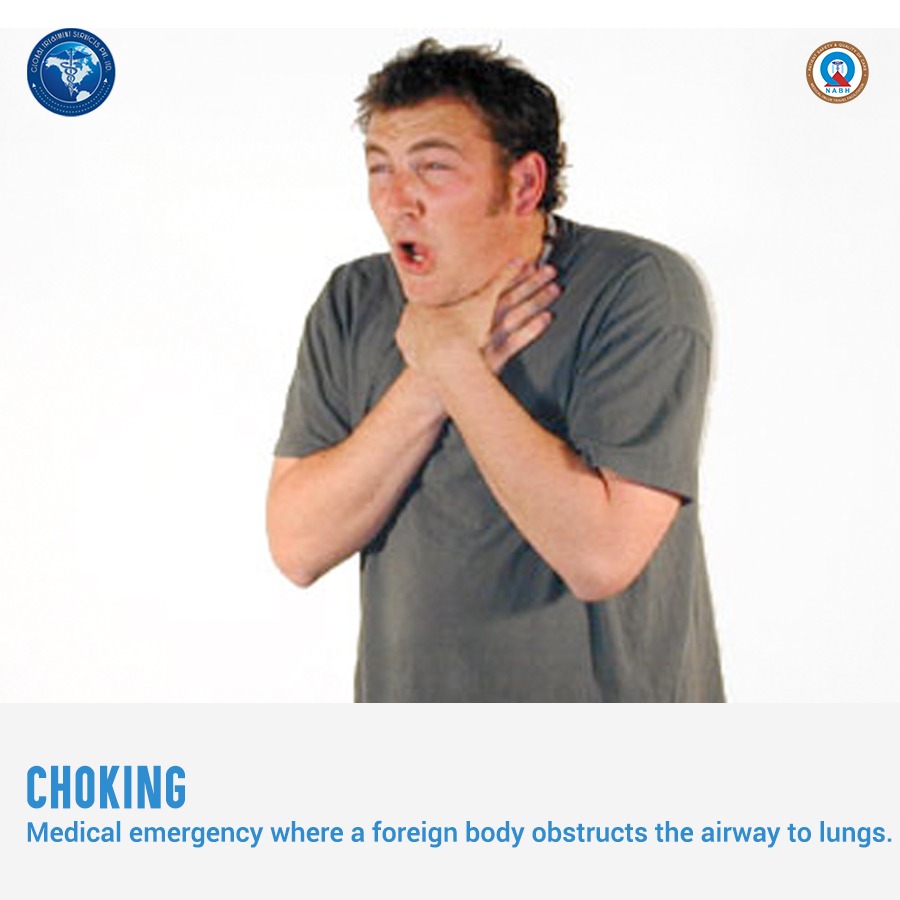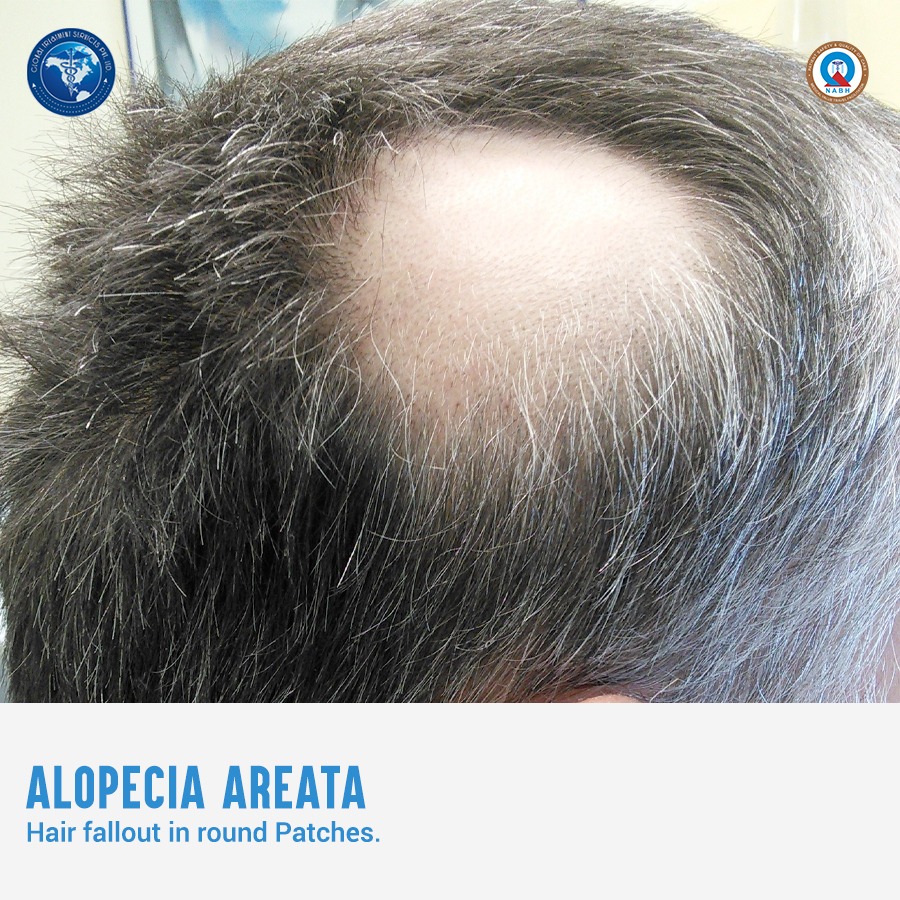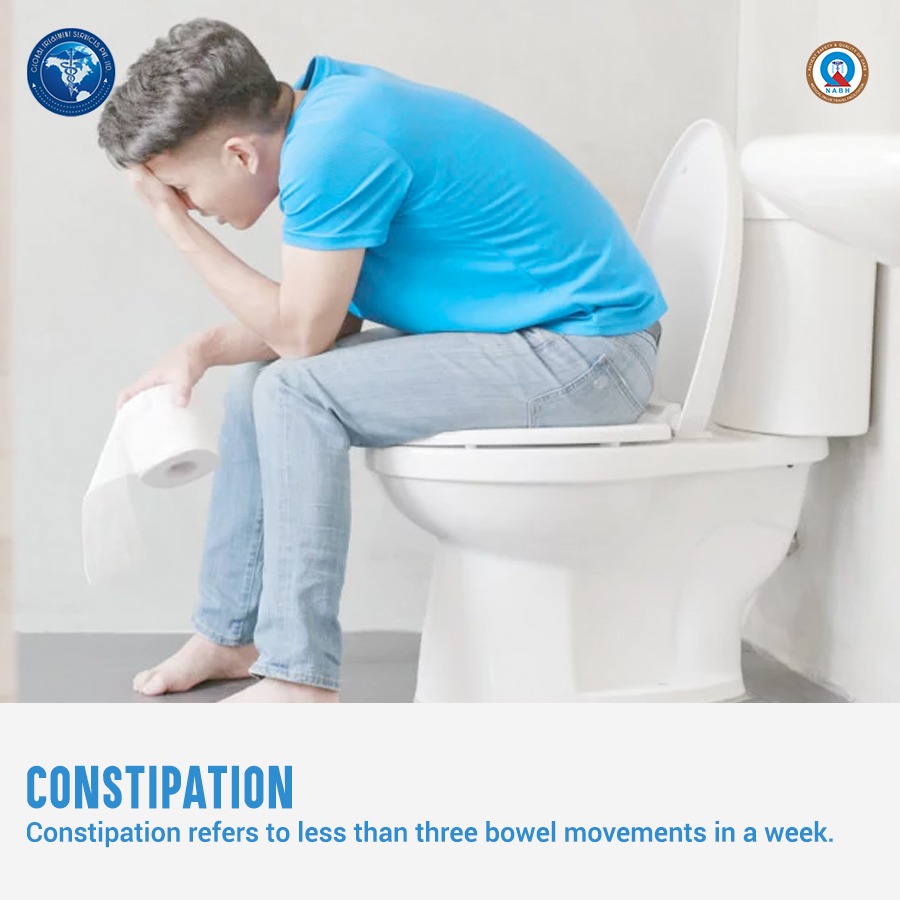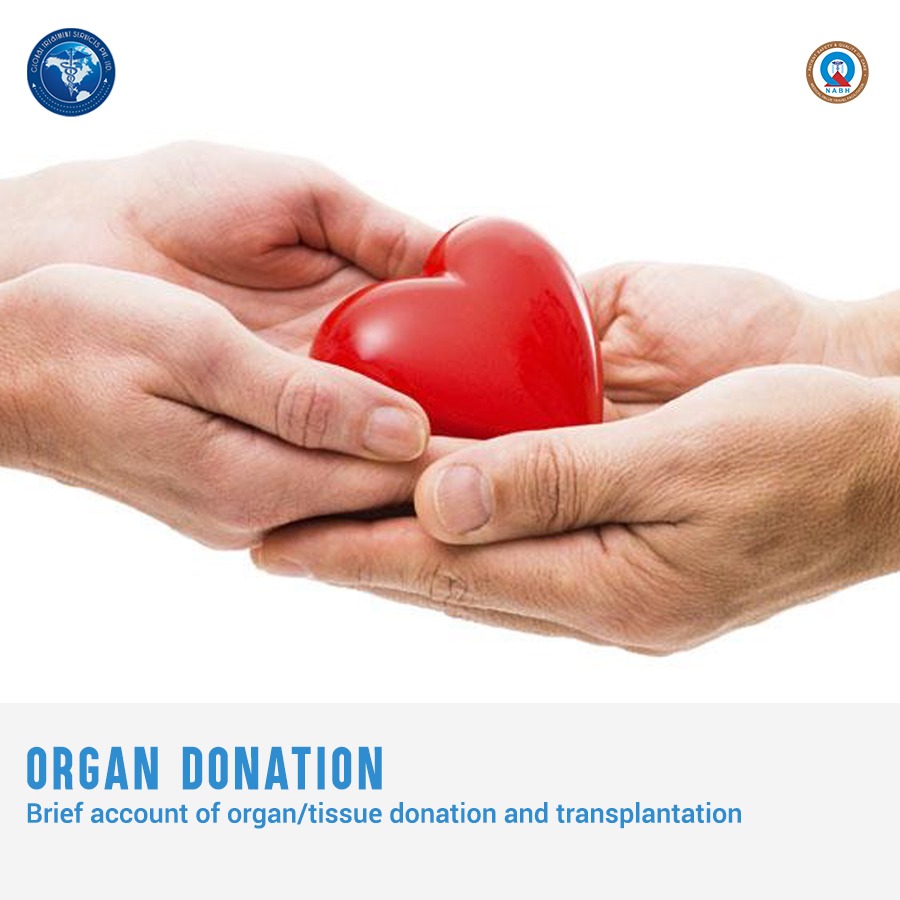Febrile seizures are high fever related fits or convulsions that affect young children. It occurs in association with elevated temperature and is a very common childhood seizure disorder. It happen any time between three months or five years of age when t he fever gets higher. It tend to occur in families. In a child with this disorder,the risk of febrile seizure is 10% for the siblings and almost 50% for the sibling if a parent has febrile seizure as well. Though the mode of inheritance is not clear and know, there are clear evidences for the existence its genetic basis. Such children have a slightly higher risk of epilepsy compared with the general population.
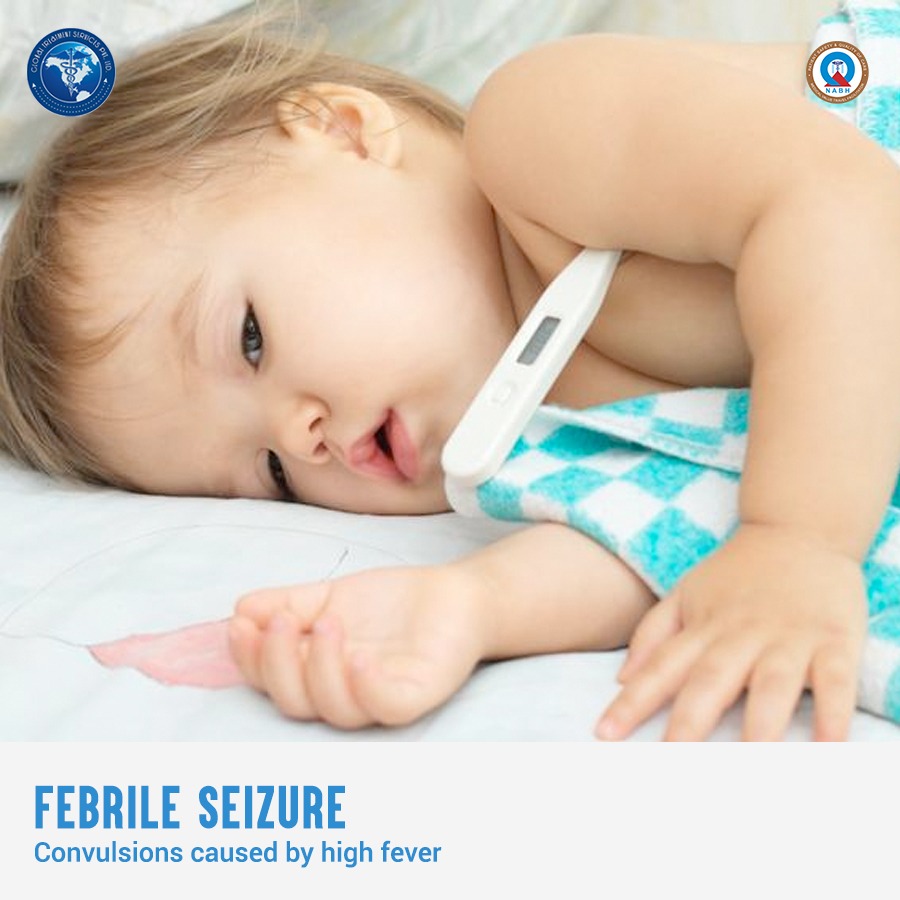
They are often harmless and typically don’t indicate a serious health problem.
TYPES OF FEBRILE SEIZURES
- Simple seizure: These seizures lasts from a few seconds to 15 minutes. They do not recur within a 24-hour period and are not specific to one part of the body.
- Complex seizures: These types lasts longer than 15 minutes and occurs more than once within 24 hours or is confined to one side of your child’s body.
CAUSES
Though a higher than normal body temperature causes febrile seizures, a low-grade fever can also trigger a febrile seizure.
- Infection: The fevers that trigger febrile seizures are usually caused by a viral infection, and rarely by a bacterial infection. Influenza and the virus that causes roseola, which are accompanied by high fevers are frequently associated with febrile seizures.
- Post-immunization seizures: Febrile seizures may increase after some childhood immunizations. These include the diphtheria, tetanus and pertussis or measles-mumps-rubella vaccinations. A child can develop a low-grade fever after a vaccination. Not th vaccine but the fever causes the seizure.
the risk of recurrence is higher if the first seizure resulted from a low fever,the period between the start of the fever and the seizure was short, a family history of febrile seizures and the child was younger than 18 months at the time of the first febrile seizure.
DIAGNOSIS AND TREATMENT
Identifying the cause of the fever is the first step of treating the seizure.
Mostly the febrile seizures stop on their own within a few minutes. Once your child has a febrile seizure, stay calm and follow these steps:
- Place your child on his side on a flat surface where he won’t fall.
- Time how long the convulsion lasts, if possible.
- Remove hard or sharp objects near your child.
- Loosen his clothing.
- Don’t restrain your child or interfere with your child’s movements.
- Don’t put anything in your child’s mouth.
- Do not put a child who is having a convulsion in the bath to lower their temperature.
- If the convulsion lasts more than five minutes call an ambulance.



